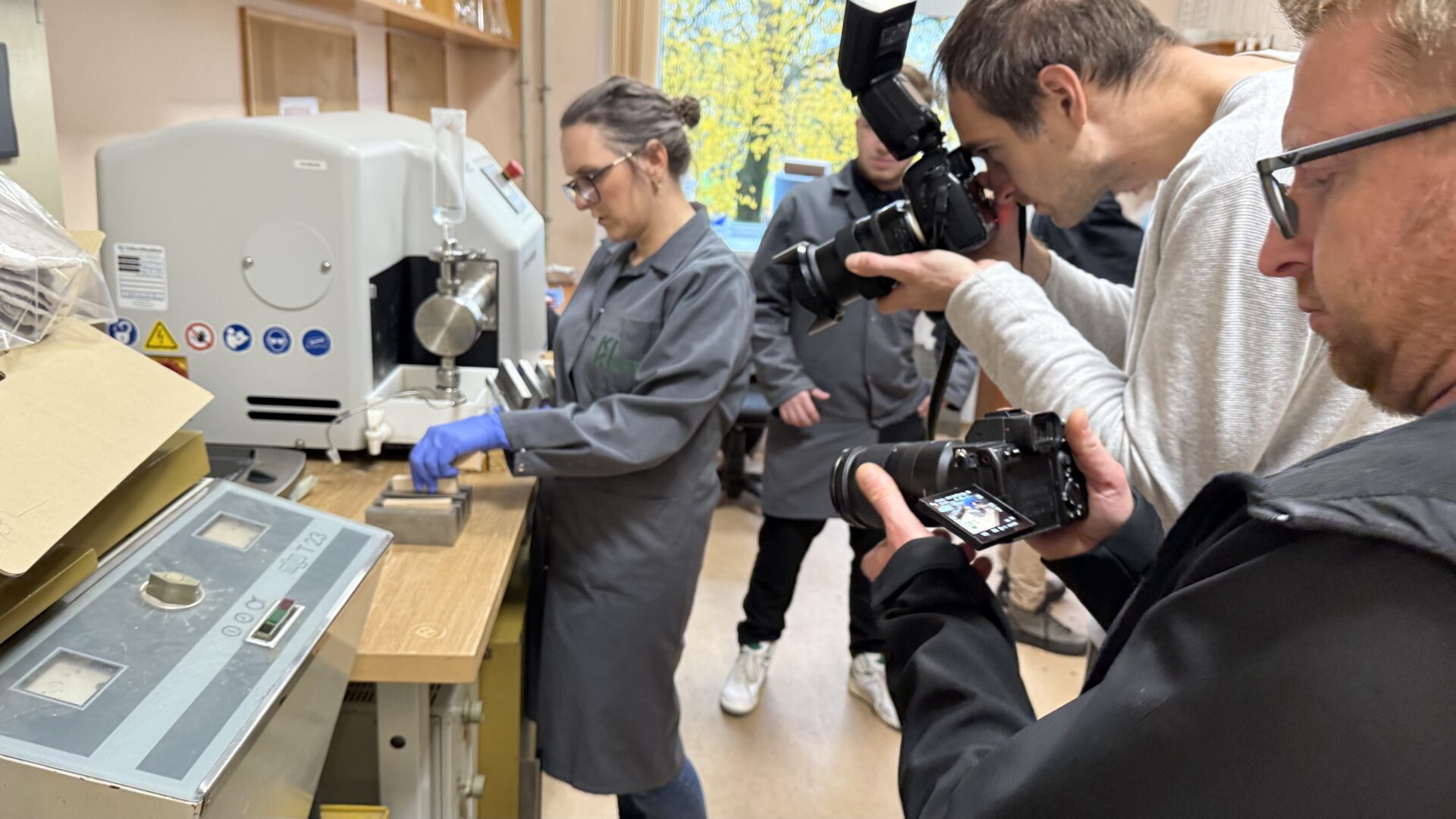A team of scientists at the Latvian State Institute of Wood Chemistry (LVKCKI) is working on a new generation of bone fixation solutions. Their approach combines sustainable forestry with medical innovation, promoting the development of green technologies and strengthening Latvia's position in the biotechnology and medical materials market. The result is that patients have access to a new, non-metallic implant material that can provide better biocompatibility and reduce the risks of complications compared to traditional implants.
“There are a surprising number of similarities between the structure of a tree cell and that of a human cell,” says LVKCI researcher, project leader “OsteoWood” Dr.chem. Laura Ange.
Wood and human bone are both living, breathing materials - they respond to stress, adapt to their environment and accumulate experience in their structure. The wood fibre system works in a similar way to human bone tissue - it provides fluid flow, nutrient movement and mechanical strength while maintaining flexibility. In both wood and bone, this hierarchical structure - from microscopic cells to macroscopic formations - is responsible for their strength, plasticity and ability to live in harmony with their environment. It is this similarity between wood and human bone that inspired the OsteoWood project.
The OsteoWood project aims to develop and validate an innovative birch wood material for osteosynthesis implants, offering a biocompatible alternative for patients who are not suitable for traditional metal implants (e.g. titanium or steel). Approximately 2-5 % patients suffer from allergic reactions or metal intolerance, and this project offers a solution for these situations.
“The OsteoWood team develops semi-delignified, densified and mechanically resistant birch wood samples that are impregnated with oligo-chitosan to improve their biocompatibility and dimensional stability. The material will be developed to TRL3 level through microscopic structural analysis, mechanical tests and cell compatibility tests under laboratory conditions.
This niche biomaterial solution has not been widely developed in the world so far and its potential is focused on the future export and medical innovation direction, based on the renewable resources available in Latvia and the high level of wood chemistry expertise.
The project is implemented by a team of researchers from LVKCI, Riga Stradins University (RSU) and the Organic Synthesis Institute (OSI): Laura Andže, Vadims Nefjodovs, Mārtiņš Andžs, Juris Zoldners, Sigvards Krongorns, Ulla Milbreta, Antons Sizovs and Mārīte Škute.
